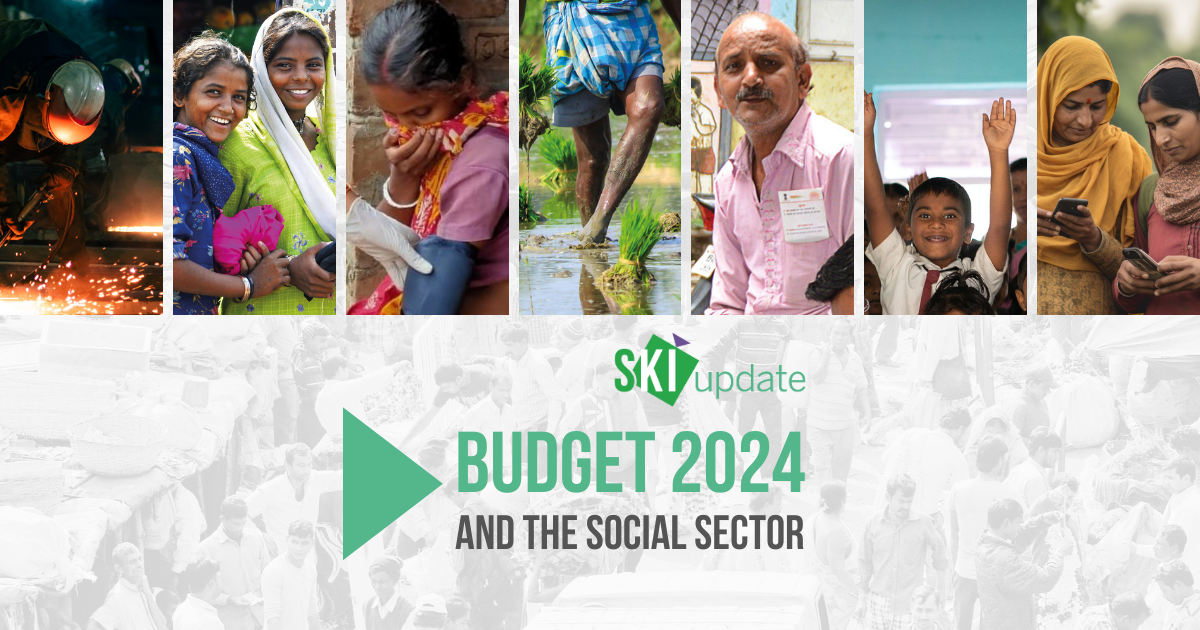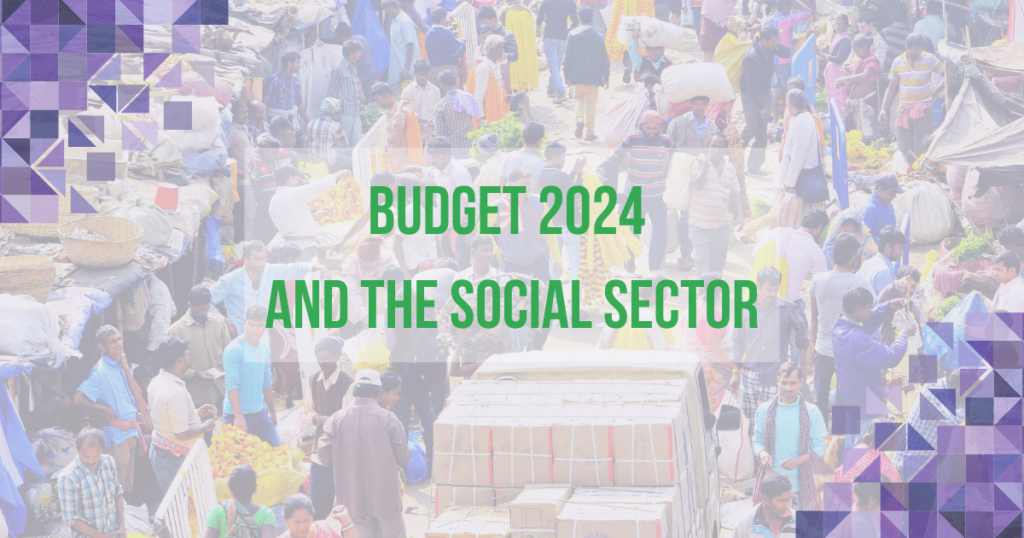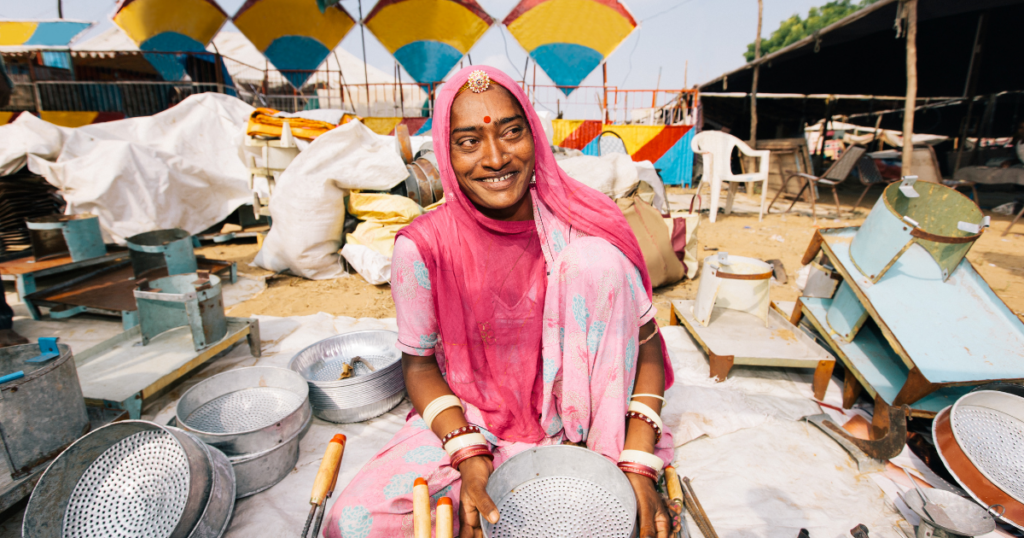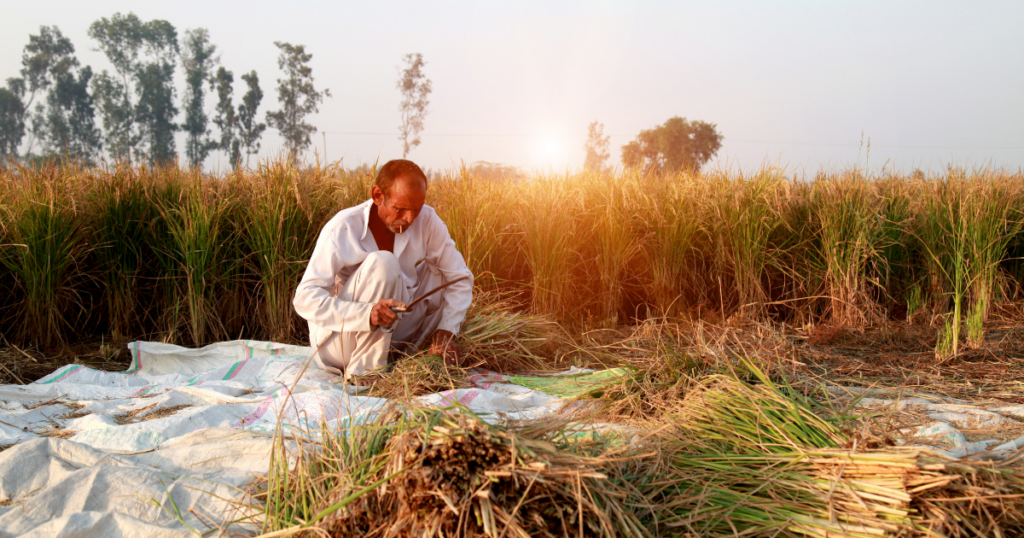It was just an Interim Budget, yet the government’s focus on social progress continues. Given that this is an election year and this Budget was just an interim one, the government could have been tempted to include populist elements in the Budget announcements. However, it has opted for a balanced approach keeping in mind its long-term vision of Viksit Bharat@2047. A vision which imagines India as a developed nation in 2047 with not just economic growth but also social progress, environmental sustainability, and good governance. In our view, that was the single biggest positive outcome for the social sector from this year’s announcements.
There were several positives to take away from the announcements. The finance minister continues to emphasise the focus on the farmer and “annadata” (provider of food) underlining the importance of the agriculture sector, which includes key elements such as Farmer Producer Organisations (FPO), micro-enterprises, post-harvest processing, and water conservation. Sovereign green bond issuances, while still a very small portion of the government’s total market borrowings, continue to rise as a source of capital. Our digital public infrastructure has few parallels anywhere in the world and continues to be a game-changer in ensuring equity. The Budget highlights the government’s continuing commitment to it, in areas from financial inclusion to small businesses, education, healthcare, and agriculture. Initiatives in education continue to be inclusive with special allocations for tribal students. India’s continuing focus on having a separate gender Budget is commendable although we wish for a holistic integration of gender-related budgeting across departments and ministries. A targeted focus on women, maternal and child health and incorporating digital infrastructure for the health sector is encouraging. The mention of an INR 1 lakh crore rupee corpus offering 50-year interest-free loans bodes well for technology innovation and Indian youth. The details of this scheme’s implementation, however, are unclear at this stage.
Yet, there is still scope for more to be done. While individual state budgets incorporate substantial spending plans on social causes, and central budgetary allocations form only part of the overall spending pie, there were some disappointments relative to pre-budget expectations. The lack of emphasis on sustainability in agriculture, with little mention of natural farming and similar other measures, was one particularly disappointing omission for us. This is especially so in light of sustainability being a key pillar of the Viksit Bharat vision and of this being a focus area for the sector in the previous budget. While digitalisation is becoming an extremely important tool in India’s march towards becoming a developed nation, the lack of any concrete announcement on stringent data privacy measures is disappointing. Education spending of under 3% of GDP is still well below the targeted 6%. While health has received 13% higher allocations versus the revised estimates for last year, these comprise less than 2% of the country’s overall budget expenditure and we feel that a greater priority needs to be accorded to this sector. Health has seen a pattern of consistently lower revised estimates each year vis-a-vis budgeted allocations, indicating underutilisation, and needs to be addressed. There also still seems to be a lack of sufficient focus on gig workers, who continue to form a larger portion of our workforce.
We do recognise that our country’s social sector requirements are vast and given the government’s fiscal constraints, there are bound to be gaps in spending and disappointments in some areas. In that context, the government’s intent to ensure social progress prominently in our efforts towards becoming a developed nation is encouraging. In past years, actual spending has fallen short of budgetary estimates in some areas and we do hope that the intent to spend translates to targeted and efficient execution.




